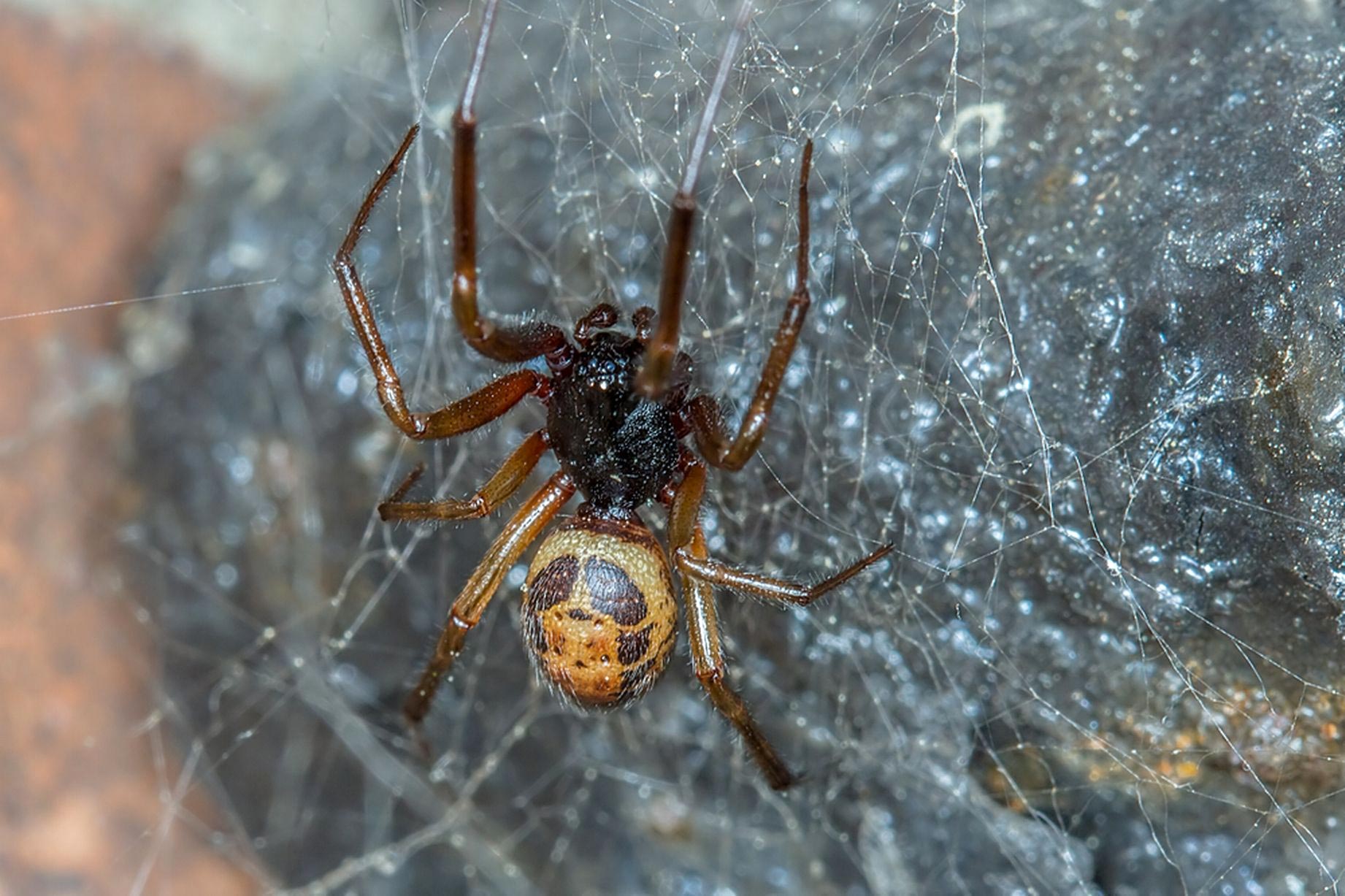Classy false widow spider. Photo credit: NUI Galway
NUI Galway study published in the international journal Scientific reportsconfirmed that spiders carry harmful bacteria and that they can be transmitted when a spider uses its fangs to bite.
A team of zoologists and microbiologists from NUI Galway has published a new study showing that common house spiders carry bacteria that are prone to infection, with the Noble False Widow spiders also carrying harmful strains that are resistant to common antibiotic treatments .
This new research was published in the international journal Scientific reports, confirms a theory that has been debated among spider and health professionals for many years and explains a number of symptoms that have occurred in victims bitten by the invasive noble false widow spider in Ireland and the UK over the past decade.
Australian Black Widows or Funnel Web spiders are known for their potentially deadly venom, but rare “skin-eating” conditions following seemingly harmless European and North American spider bites have been thought to be the result of secondary infections caused by scratching and examining the victim became bite site with contaminated fingers. This new study shows that not only do spiders carry harmful bacteria, but these germs can also be transmitted when a spider uses its fangs to bite.
In addition, many spiders have been shown to have venom with antibacterial activity, and it is often discussed whether the venom would neutralize bacteria at the site of the bite, but this also indicates, at least for the Noble False Widow, that the venom does not inhibit bacteria.
Dr. Aoife Boyd, director of the Pathogenic Mechanisms Group at NUI Galway’s School of Natural Sciences and lead author of the study, said, “The diversity of microbes keeps surprising me. The ability to survive and thrive in any environment is shown here in the presence of bacteria with antimicrobial resistance, even in spider venom. Antimicrobial resistance (AMR) is an urgent and growing problem worldwide. A one health approach that combines human, animal and environmental health is the only way to address the problem. ”
Dr. John Dunbar, zoologist at the Ryan Institute’s Venom System Lab in NUI Galway, said: “About 10 species of spider found in northwestern Europe have fangs strong enough to pierce human skin and release venom, but only one of them, the youngest invasive noble false widow spider is considered of medical importance. Most of the time, a spider bite leads to redness and pain.
“In some cases, however, victims seem to develop long-lasting infections that require strong antibiotic treatment – and sometimes hospitalization. It is this increasing broadening of the range and the massive increase in dense populations of false widow spiders in urban areas in Ireland and the UK that has led to an increase in bites with some severe symptoms of intoxication, but also infections that in some cases even turn out to be difficult with antibiotics have proven to treat. ”
Neyaz Kahn, co-lead author of the study and PhD student in the Pathogenic Mechanisms Group at the NUI Galway School of Natural Sciences, said: “Our study shows that spiders are not only poisonous, but also carriers of dangerous bacteria that can cause serious infections. The biggest threat is that some of these bacteria are multi-resistant, making them especially difficult to treat with regular drugs. This should be taken into account by healthcare professionals from now on. ”
Reference: “Synanthropic spiders, including the globally invasive noble false widow Steatoda nobilis, are reservoirs for medically important and antibiotic-resistant bacteria” by John P. Dunbar, Neyaz A. Khan, Cathy L. Abberton, Pearce Brosnan, Jennifer Murphy and Sam Afoullouss, Vincent O’Flaherty, Michel M. Dugon and Aoife Boyd, December 1, 2020, Scientific reports.
DOI: 10.1038 / s41598-020-77839-9



